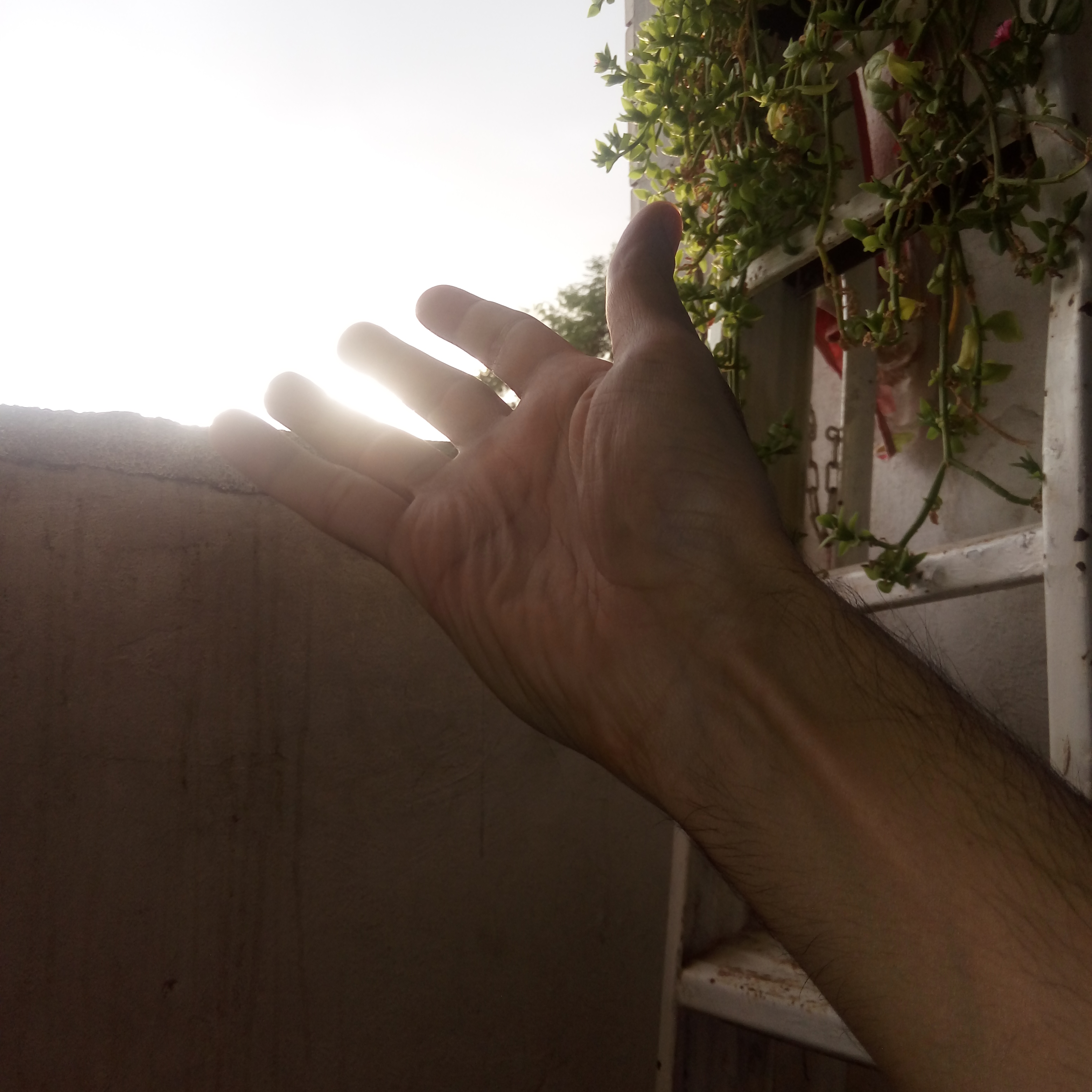✼ ҉ حسام الـבین شـ؋ـیعیان ҉ ✼
✐✎✐ وبلاگ رسمے و شخصے حسام الـבین شـ؋ـیعیان ✐✎✐✼ ҉ حسام الـבین شـ؋ـیعیان ҉ ✼
✐✎✐ وبلاگ رسمے و شخصے حسام الـבین شـ؋ـیعیان ✐✎✐+“✝Christianity“✝+Miracles of Jesus+
The miracles of Jesus are proposed miraculous deeds attributed to Jesus in Christian and Islamic texts. The majority are faith healings, exorcisms, resurrections, and control over nature.[1][2]
In the Synoptic Gospels (Mark, Matthew, and Luke), Jesus refuses to give a miraculous sign to prove his authority.[clarification needed][3] In the Gospel of John, Jesus is said to have performed seven miraculous signs that characterize his ministry, from changing water into wine at the start of his ministry to raising Lazarus from the dead at the end.[4]
In The Miracles of Jesus, H. Van der Loos describes two main categories of miracles attributed to Jesus: those that affected people, e.g., the Blind Man of Bethsaida and are called "healings", and those that "controlled nature", e.g., Walking on Water. The three types of healings are cures where an ailment is cured, exorcisms where demons are cast away and the resurrection of the dead. Karl Barth said that, among these miracles, the Transfiguration of Jesus is unique in that the miracle happens to Jesus himself.[10]
According to Craig Blomberg, one characteristic shared among all miracles of Jesus in the Gospel accounts is that he delivered benefits freely and never requested or accepted any form of payment for his healing miracles, unlike some high priests of his time who charged those who were healed.[11] In Matthew 10:8 he advised his disciples to heal the sick without payment and stated: "freely ye received, freely give."[11]
It is not always clear when two reported miracles refer to the same event. For example, in the healing the centurion's servant, the Gospels of Matthew[8:5–13] and Luke[7:1–10] narrate how Jesus healed the servant of a centurion in Capernaum at a distance. The Gospel of John[4:46–54] has a similar but slightly different account at Capernaum, and states that it was the son of a royal official who was cured at a distance.
The largest group of miracles mentioned in the New Testament involves cures. The Gospels give varying amounts of detail for each episode, sometimes Jesus cures simply by saying a few words, at other times, he employs material such as spit and mud. Generally they are referred to in the Synoptic Gospels but not in the Gospel of John.
The canonical Gospels tell a number of stories of Jesus healing blind people. The earliest is a story of the healing of a blind man in Bethsaida in the Gospel of Mark.[12]
Mark's Gospel also has an account of the healing of a man named Bartimaeus, done as Jesus is leaving Jericho.[13] The Gospel of Matthew[14] has a simpler account loosely based on this, with two unnamed blind men instead of one (this 'doubling' is a characteristic of Matthew's treatment of the Mark text) and a slightly different version of the story, taking place in Galilee, earlier in the narrative.[15] The Gospel of Luke tells the same story of Jesus healing an unnamed blind man, but moves the event in the narrative to when Jesus approaches Jericho.[16][17]
Mark's Gospel also has an account of the healing of a man named Bartimaeus, done as Jesus is leaving Jericho.[13] The Gospel of Matthew[14] has a simpler account loosely based on this, with two unnamed blind men instead of one (this 'doubling' is a characteristic of Matthew's treatment of the Mark text) and a slightly different version of the story, taking place in Galilee, earlier in the narrative.[15] The Gospel of Luke tells the same story of Jesus healing an unnamed blind man, but moves the event in the narrative to when Jesus approaches Jericho.[16][17]
A story in which Jesus cures a leper appears in Mark 1:40–45, Matthew 8:1–4 and Luke 5:12–16. Having cured the man, he instructs him to offer the requisite ritual sacrifices as prescribed by the Deuteronomic Code and Priestly Code, and not to tell anyone who had healed him; but the man disobeyed, increasing Jesus' fame, and thereafter Jesus withdrew to deserted places, but was followed there.
Healing the paralytic at Capernaum appears in Matthew 9:1–8, Mark 2:1–12 and Luke 5:17–26. The Synoptics state that a paralytic was brought to Jesus on a mat; Jesus told him to get up and walk, and the man did so. Jesus also told the man that his sins were forgiven, which irritated the Pharisees. Jesus is described as responding to the anger by asking whether it is easier to say that someone's sins are forgiven, or to tell the man to get up and walk. Mark and Luke state that Jesus was in a house at the time, and that the man had to be lowered through the roof by his friends due to the crowds blocking the door.
The cure of a bleeding woman miracle appears in Mark 5:21–43, Matthew 9:18–26 and Luke 8:40–56, along with the miracle of the Daughter of Jairus.[18] The Gospels state that while heading to Jairus' house Jesus was approached by a woman who had been bleeding for 12 years, and that she touched Jesus' cloak (fringes of his garment) and was instantly healed. Jesus turned about and, when the woman came forward, said "Daughter, your faith has healed you, go in peace".
Healing the mother of Peter's wife. The Synoptics[19] describe Jesus as healing the mother-in-law of Simon Peter when he visited Simon's house in Capernaum, around the time of Jesus recruiting Simon as an Apostle (Mark has it just after the calling of Simon, while Luke has it just before). The Synoptics imply that this led other people to seek out Jesus.
The healing of a man with dropsy is described in Luke 14:1–6. In this miracle, Jesus cured a man with dropsy at the house of a prominent Pharisee on the Sabbath. Jesus justified the cure by asking: "If one of you has a child or an ox that falls into a well on the Sabbath day, will you not immediately pull it out?"














برای نمایش آواتار خود در این وبلاگ در سایت Gravatar.com ثبت نام کنید. (راهنما)






















































ایمیل شما بعد از ثبت نمایش داده نخواهد شد